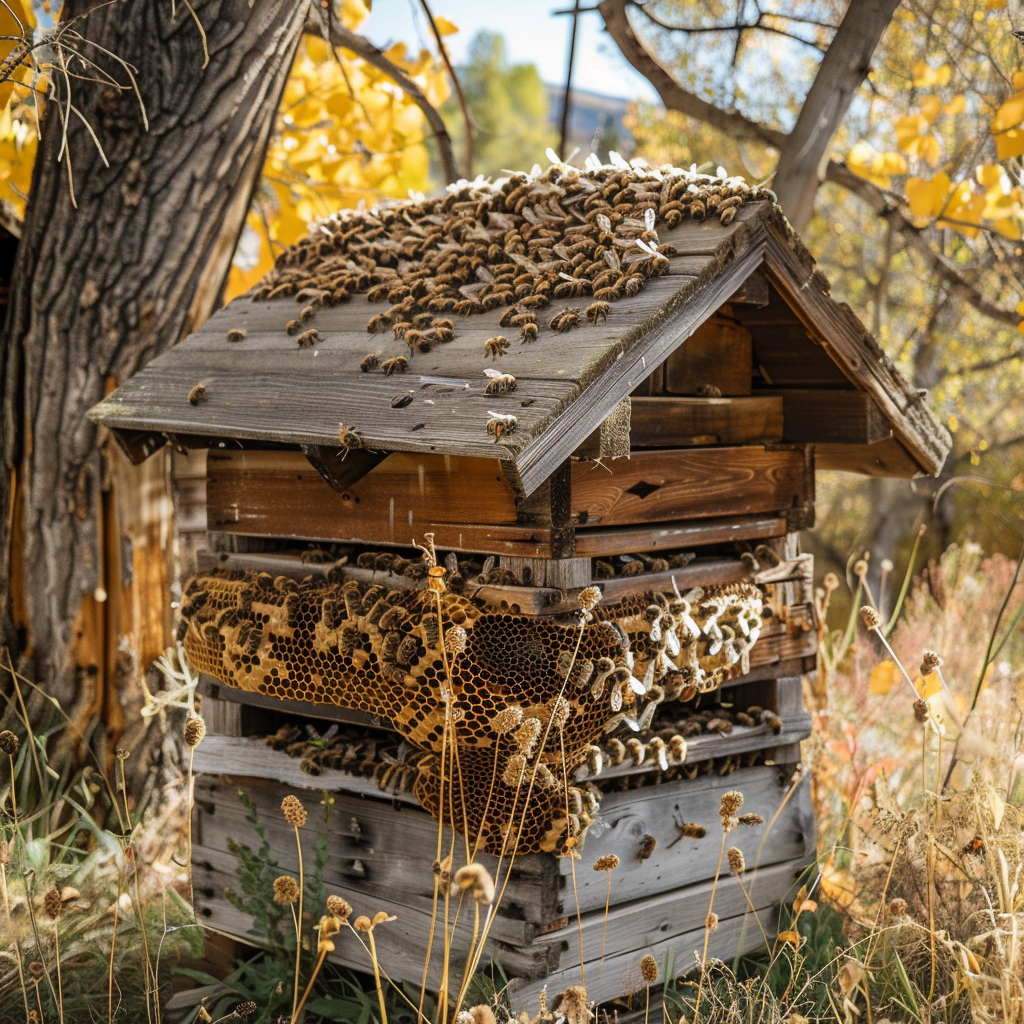Are you looking to improve your gardening experience? Consider building a raised garden bed. Raised beds offer numerous benefits, including improved drainage, reduced weed issues, and an extended growing season. In this step-by-step guide, we will walk you through the process of selecting materials, designing, and constructing your own raised garden bed.
Step 1: Choose the Right Location
The first step in building a raised garden bed is selecting the right location. Look for an area in your yard that receives ample sunlight and has good drainage. Avoid low-lying areas that may collect water. Additionally, consider the proximity to a water source for easy irrigation.
Step 2: Determine the Size and Shape
Decide on the size and shape of your raised garden bed. Consider factors such as the available space, your gardening needs, and the materials you plan to use. Popular shapes include rectangular, square, and circular beds. Keep in mind that wider beds are easier to maintain and provide better access to plants.
Step 3: Gather the Materials
Next, gather the materials needed for your raised garden bed. Common options include wood, concrete blocks, or recycled plastic. If using wood, choose rot-resistant varieties such as cedar or redwood. You will also need screws or nails, a saw, and a drill. Additionally, consider adding a layer of landscape fabric to prevent weed growth.
Step 4: Prepare the Ground
Before constructing the raised bed, prepare the ground by removing any existing vegetation or weeds. Level the area and remove rocks or debris that may interfere with the bed’s stability. If desired, you can also lay down a layer of gravel or sand to further improve drainage.
Step 5: Construct the Raised Bed
Now it’s time to start building your raised garden bed. If using wood, cut the boards to the desired length and attach them at the corners using screws or nails. Make sure the corners are square and the bed is level. If using concrete blocks or recycled plastic, stack them to the desired height, ensuring they are stable and level.
Step 6: Fill the Bed
Once the raised bed is constructed, it’s time to fill it with soil. Use a mixture of topsoil, compost, and organic matter to create a nutrient-rich growing environment. Fill the bed to within a few inches of the top, leaving room for mulch or additional amendments.
Step 7: Plant and Maintain
Now that your raised garden bed is ready, it’s time to plant your desired crops. Consider the spacing requirements and sunlight needs of each plant. Regularly water and monitor the bed for any signs of pests or diseases. Mulch can be added to help retain moisture and suppress weeds.
Step 8: Extend the Growing Season
One of the advantages of a raised garden bed is the ability to extend the growing season. By covering the bed with a hoop house or cold frame, you can protect plants from frost and continue gardening well into the fall or winter months. This allows for a longer harvest and the opportunity to grow a wider variety of crops.
Building a raised garden bed is a rewarding project that can enhance your gardening experience. By following these step-by-step instructions, you can create a functional and aesthetically pleasing bed that will improve drainage, reduce weed issues, and extend your growing season. Get started today and enjoy the benefits of a raised garden bed!





